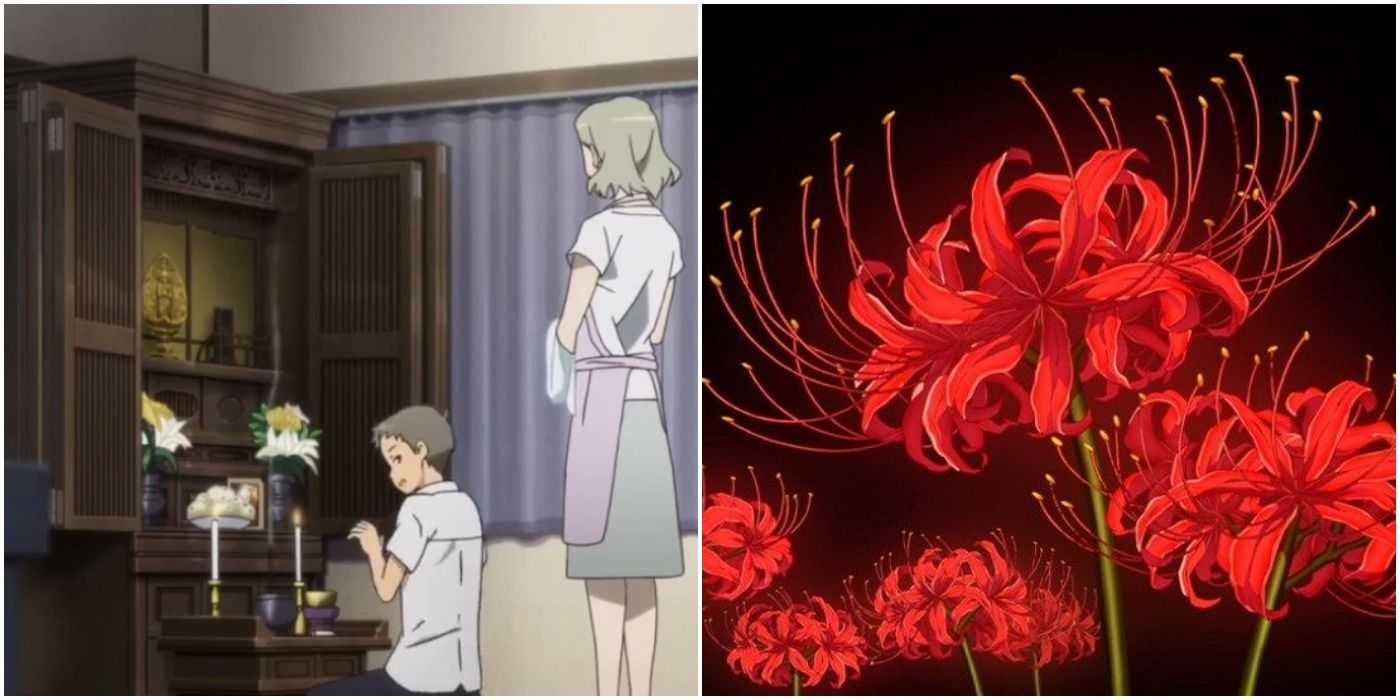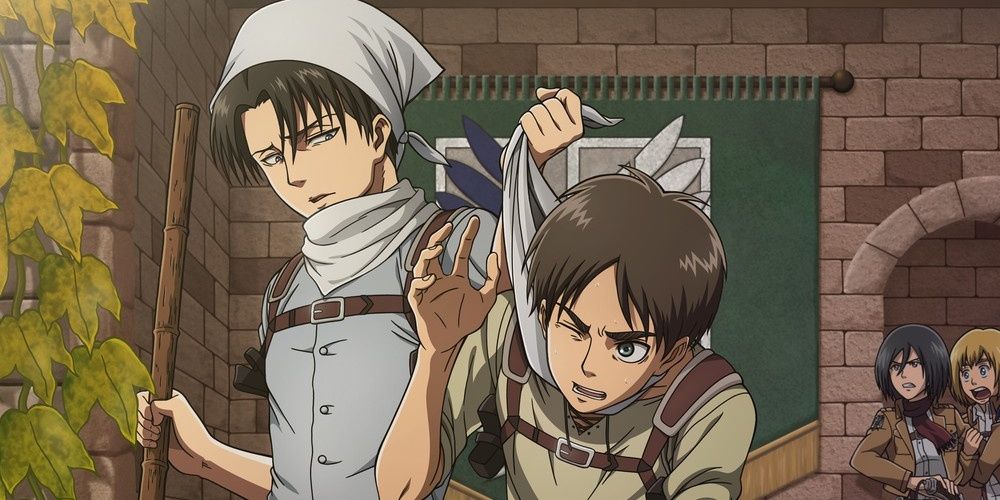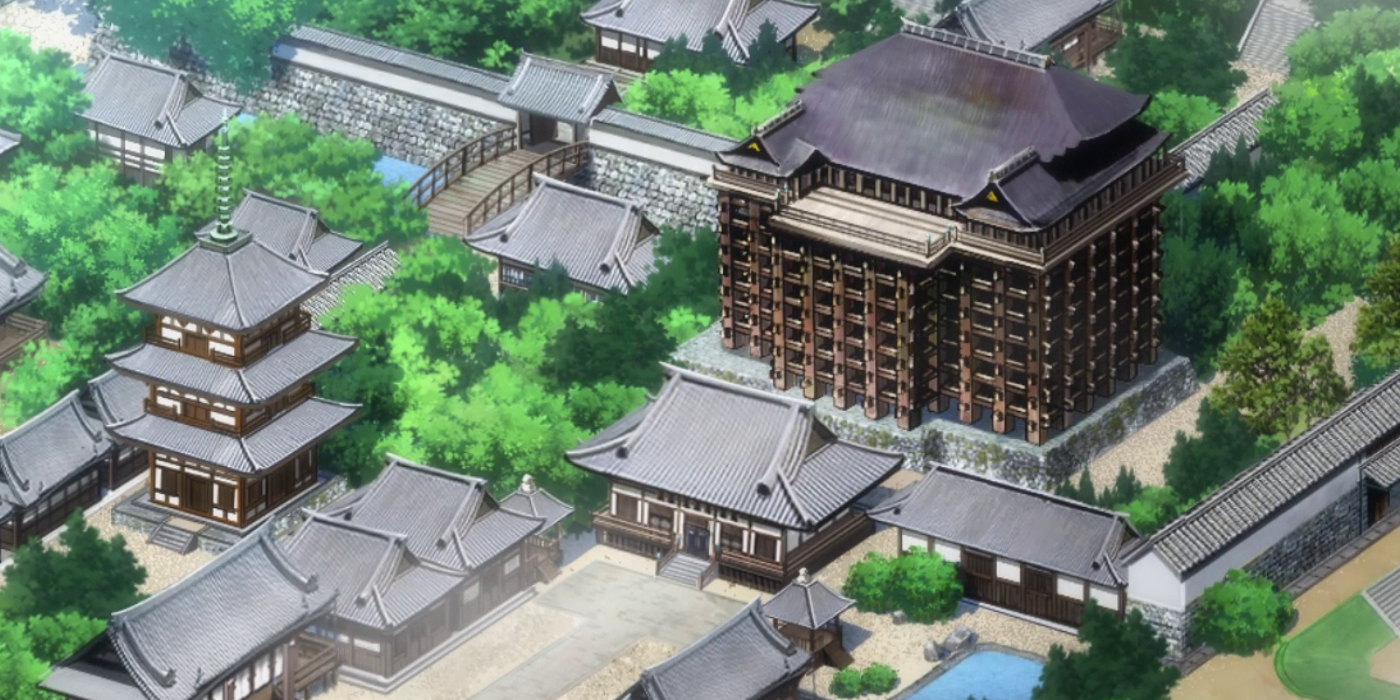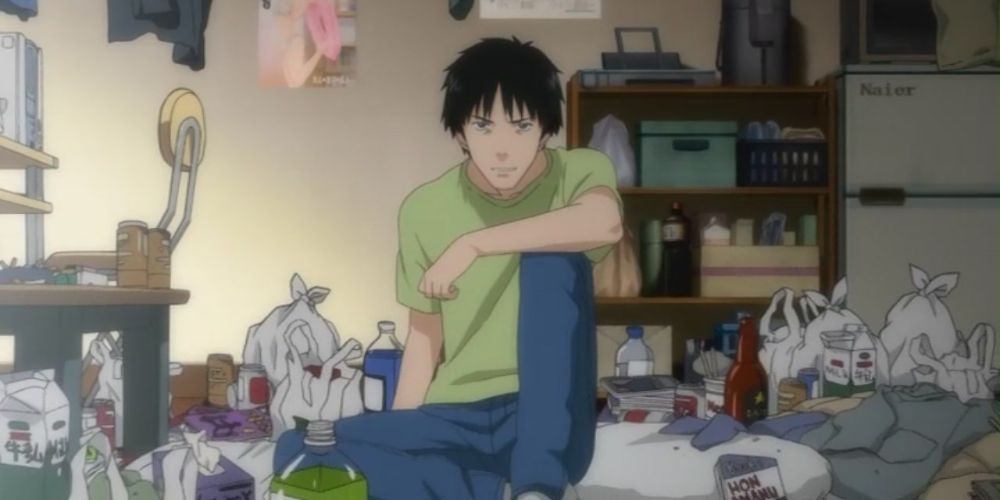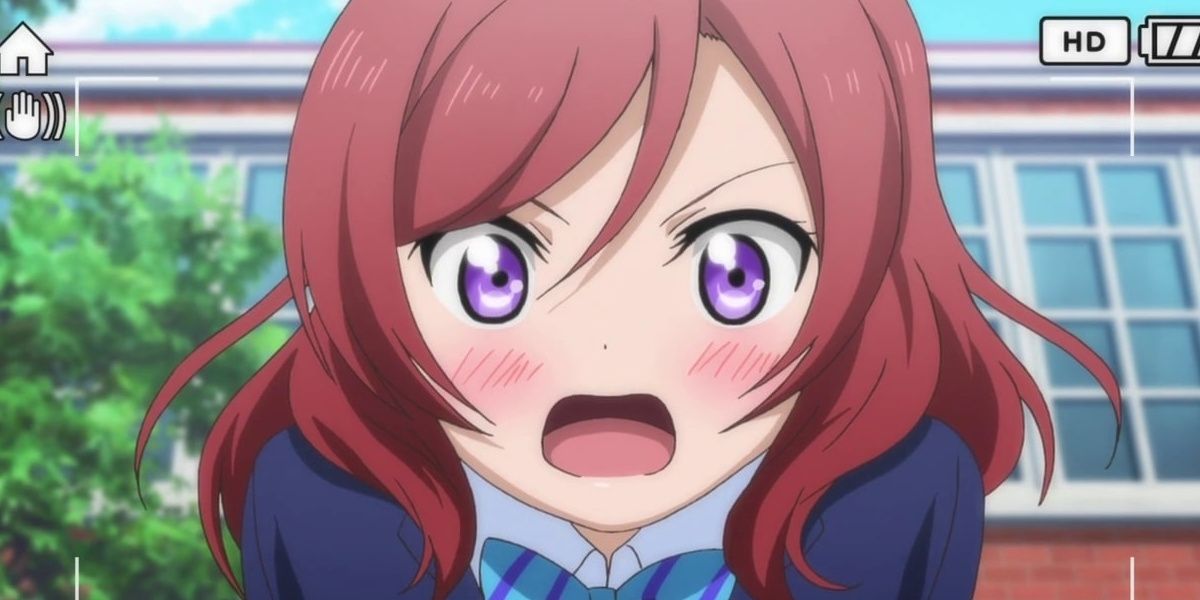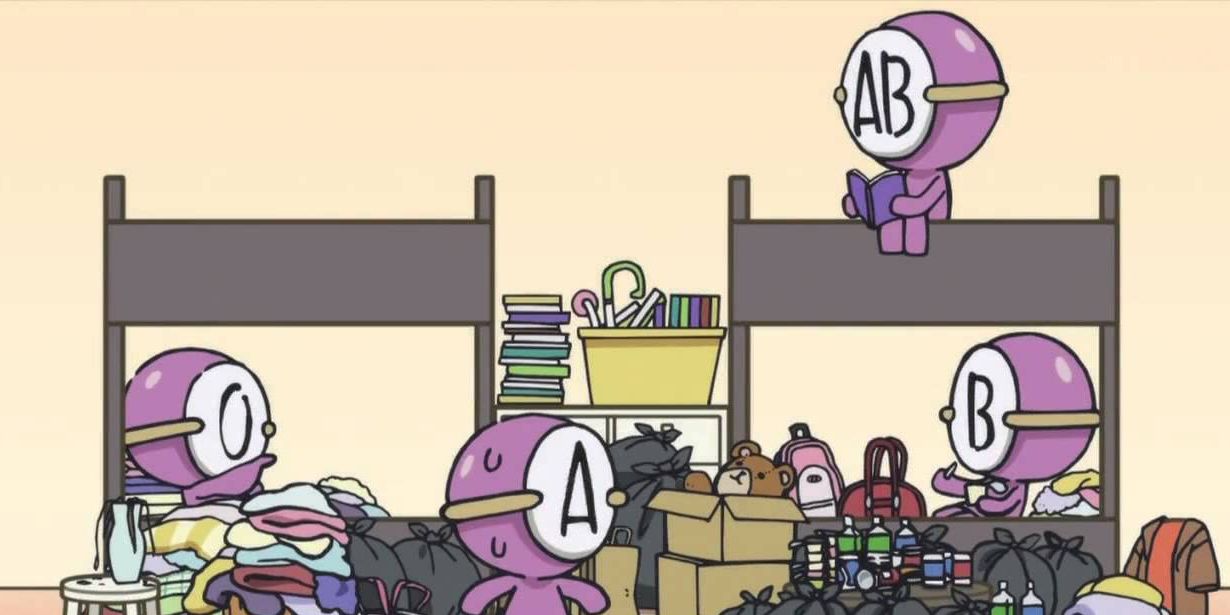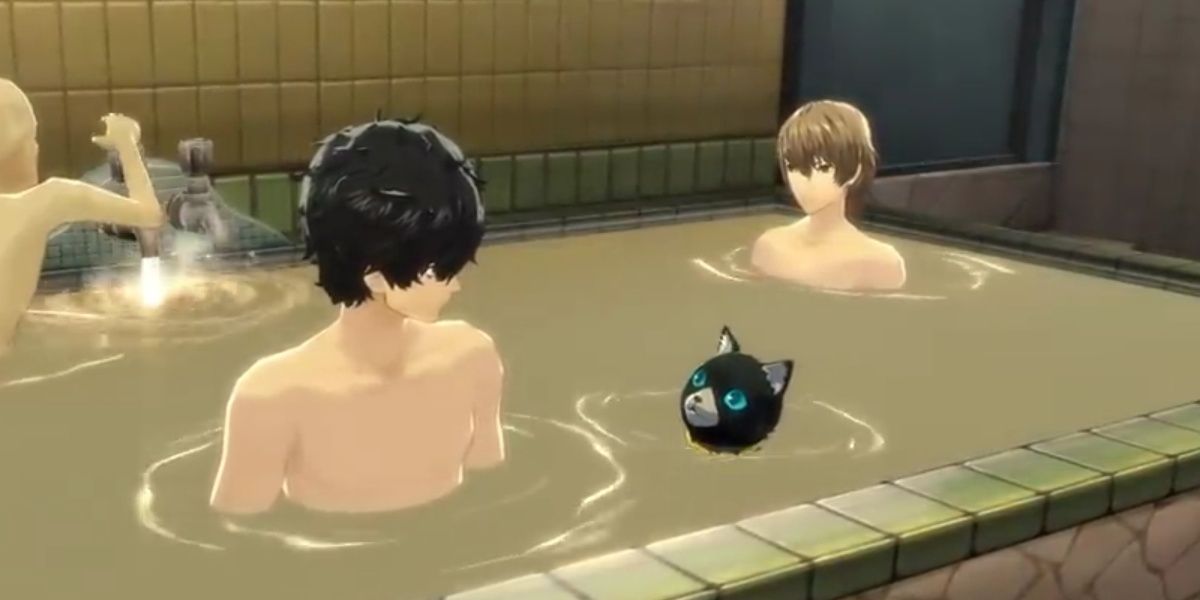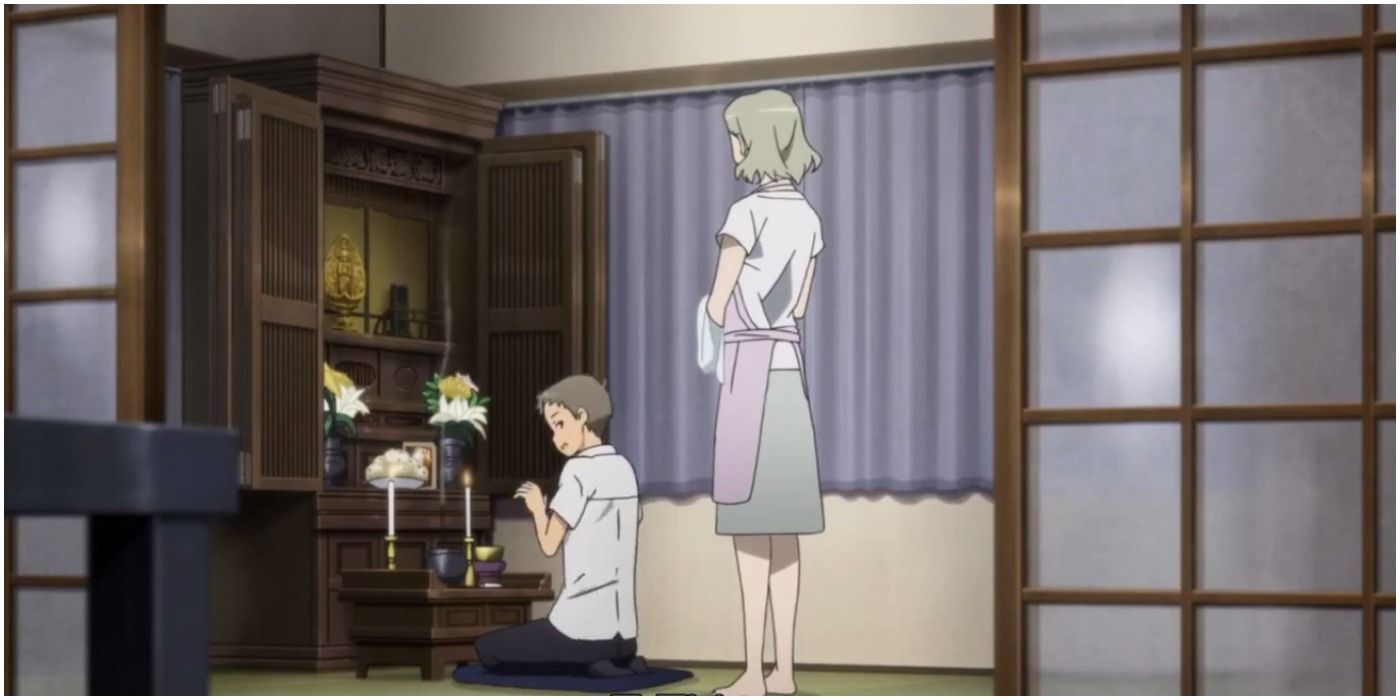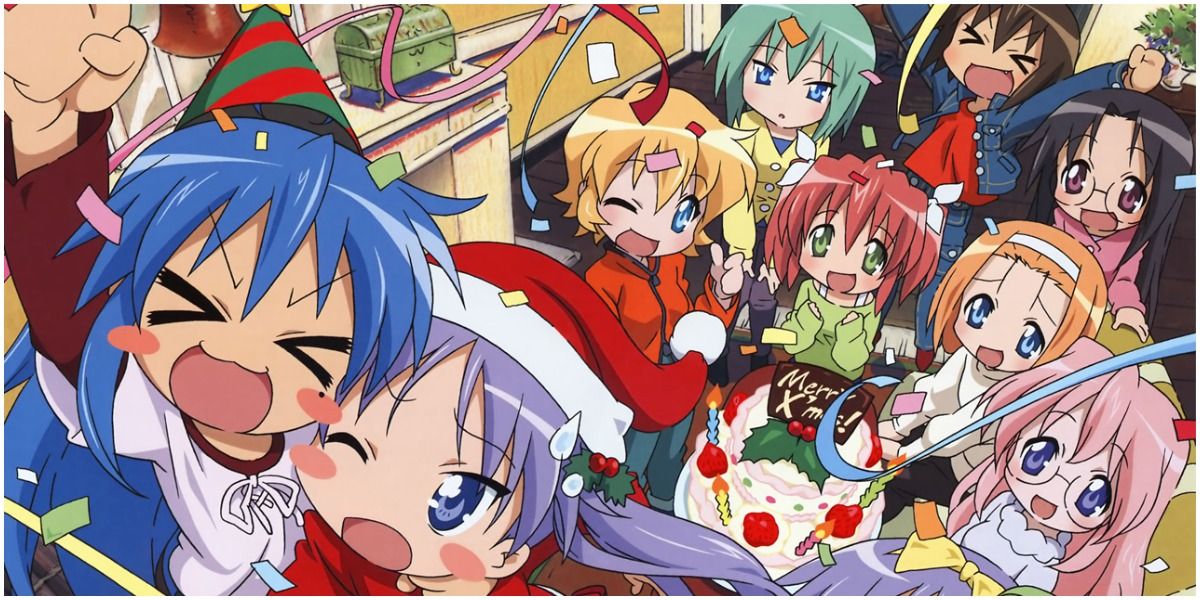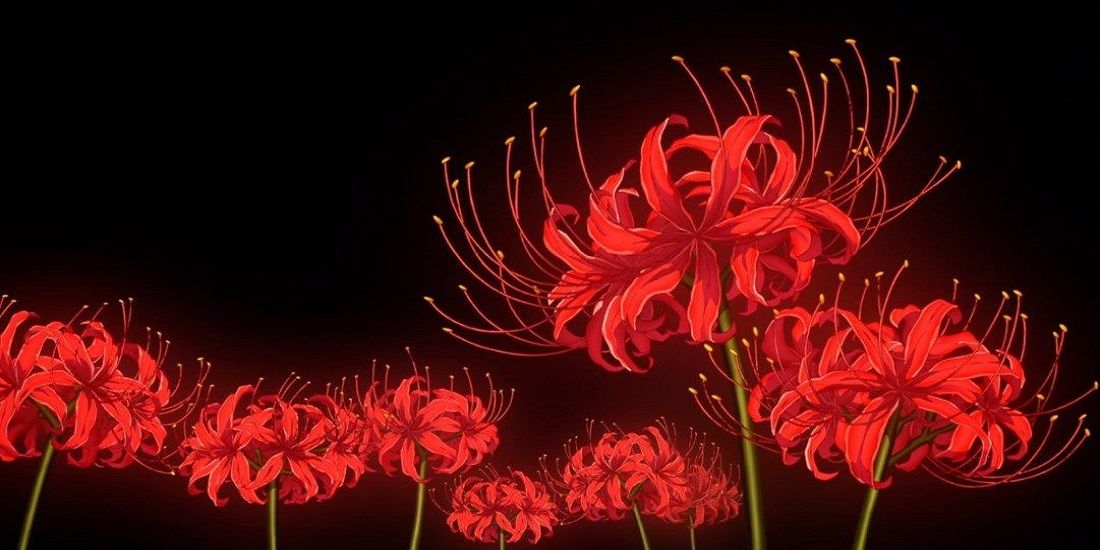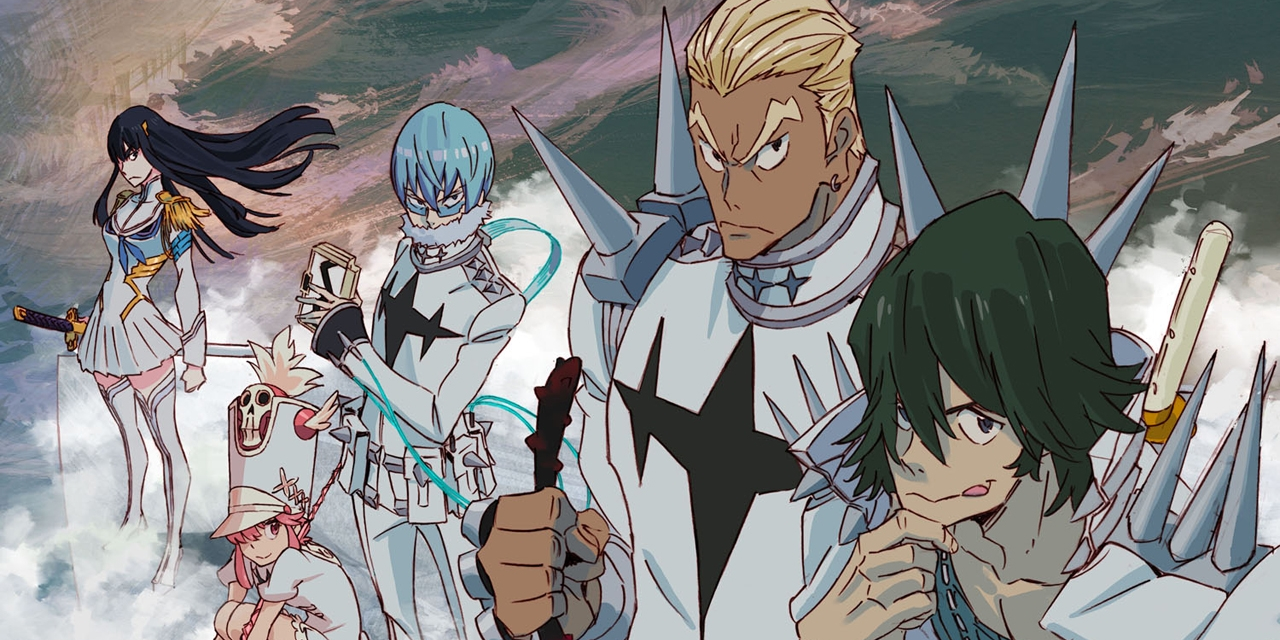The advent of the Internet has made it easier than ever before for societies across the globe to share content and Japanese anime is no exception. Never has anime been so easily accessible in other countries than it is now, which means that a wider variety of genres have made it to Western audiences over the years. Moreover, it's now easier to access Japanese anime unedited and in its original language.
While some anime has been broadcasted as children's programming on American TV since the 1990s, the source material was always dubbed in English. And on top of that, English dubbing companies often opted to cut out (or flat-out ignore) Japanese cultural references entirely. Luckily, dubbing companies have mostly stopped overwriting Japanese cultural references, but some common anime tropes might still need some extra explanation.
10 Cleaning Classrooms: A Way For Students To Learn To Respect Their Surroundings
Many school-based anime feature scenes where students are cleaning up their own classrooms, which is something Western schools don't seem to expect their students to do. This practice is called "osoji jikan" in Japanese, which literally translates to "cleaning time." Japan is a small country that's dominated by mountains, meaning there's only a small portion of the land that's inhabitable by people. Couple this with a large population, and it becomes incredibly important for citizens to be as considerate to others as possible. Having students be mindful of their surroundings by cleaning up daily teaches them to be responsible and considerate adults.
9 School Cultural Festivals: Obligatory Events That Are Designed To Improve Community Ties
Cultural festivals are another hallmark of school-based anime, but they're also real events that are mandatory for students to participate in. Japanese curriculum guidelines state this practice is meant to display the students' learning and increase motivation. In truth, they're treated more like a recreational activity and offer students the opportunity to see what life is like at other schools. Some high schools even use cultural festivals to attract prospective students. Food and drinks are often sold, and students are mostly responsible for managing their classroom's specific activity. These activities can include cafés, plays, or even musical performances.
8 Hikikomori & NEET: Psychological Social Problems In Japan's Youth & Young Adults
Anime such as Welcome To The NHK helped put this trope on the map and it's been mentioned in more and more anime over the years. (KonoSuba's Aqua even combined the two when she dubbed Kazuma a "hiki-NEET.") Both these conditions have been increasing in the Japanese population since the 2000s, but there's a key difference between them.
Hikikomori are marked by extreme social withdrawal lasting six or more months, while NEET are defined by the acronym that makes up the name: "Not in Employment, Education or Training." This is to say that NEET might participate in social activity, but they're not employed, in school, or looking for work. On the contrary, thanks to modern-day technology, some hikikomori are able to make a living online without having to leave the confines of their rooms.
7 "Dere" Character Archetypes: Character Personalities That Make More Sense In The Native Language
Fans have certainly heard of "tsundere," but that phrase means little if the context behind it is unknown. "Tsun tsun" is a Japanese onomatopoeia that indicates poking or prickliness, while "dere dere" is an onomatopoeia that indicates being lovestruck. There is a plethora of dere types, but tsundere is perhaps the most popular of them all.
What makes tsundere so appealing can be surmised when considering how contextual Japan is as a language and society. Tsundere characters are often marked by their inability to be honest about their feelings, and they frequently expect other characters to read between the lines to find the intentions of their actions (even if they can't admit it).
6 Blood Type Personality Theory: A Non-Scientific Belief That Often Dominates Everyday Social Discourse
Asking about someone's blood type in Japan is probably as common as a Westerner asking someone what their zodiac sign is. Even though blood type theory is recognized as non-factual, an overwhelming percentage of the Japanese population put credence to the idea that your blood type indicates your personality.
It's no surprise, then, that many anime characters have their blood type listed in their biographical information. Type A blood signifies someone who is well-organized and mild-mannered. Type O blood indicates someone who's optimistic and outgoing. Type B blood indicates selfishness and creativity. And type AB blood combines factors of A and B blood, indicating someone who is eccentric and dual-natured.
5 Onsen & Public Bathing: A Historical Practice With Specific Rules
Japanese bathing culture dates back to the 6th century, but many of the bathing practices seen in anime came about during the Edo period. Public bathhouses (or "sento" in Japanese) made their appearance in the Edo period and frequently allowed mixed bathing. Commodore Matthew Perry is on the record noting how puzzling it was to see mixed public bathing, as it was very different from his own American culture.
Onsen are strictly outdoor baths attached to hot springs while sento are man-made. Regardless of which you attend, there are special rules for public bathing in Japan, including showering (with soap and shampoo) before taking a dip and making sure you don't let your hair touch the water!
4 Butsudan: Buddhist Shrines Commonly Found In Japanese Households
Anime that feature dead family members might include scenes of characters praying before a shrine or cabinet in their home that includes the ashes of the deceased alongside their photo, usually with incense burning at the same time. These shrines are known as "butsudan" and they play an important part in traditional Japanese family life. Strictly speaking, butsudan are meant to pay homage to the Buddha or a chosen Bodhisattva, but they're commonly linked to deceased family members and ancestors. Butsudan give surviving family members a spiritual, symbolic link to their departed loved ones.
3 Valentine's, Christmas, & White Day: Japanese Culture Put Its Own Spin On Western Holidays
Any romance anime would be incomplete without an obligatory mention of either Valentine's Day, White Day, or Christmas. Romance aficionados are lucky if they get to experience all three in one series. These three holidays also play a part in real-life Japanese dating culture. While Americans don't put any restrictions on who receives Valentines on Valentine's Day, in Japan, February 14th is reserved for girls to give chocolates to the boys they like.
White Day occurs a month later, on March 14th, and is a Japan-only holiday that allows boys to return the favor to the girls who gave them chocolates. And Christmas has oddly become a romantic holiday in Japan, with restaurants often filled to capacity with Christmas dates on December 24th and 25th.
2 Higanbana: A Flower That's Often Associated With Death
Series like Inuyasha, Demon Slayer, and Hell Girl have famously used depictions of red spider lilies, or "higanbana" in Japanese. Higanbana have a long history in Japan as a flower associated with death. They frequently bloom near cemeteries and the bulbs of the flowers themselves are poisonous.
Buddhists are known to use higanbana to celebrate the arrival of fall and have planted them on graves as a tribute to the dead. Any series that features imagery of the red spider lily is sure to have themes of death or reincarnation in its story. It's believed that one should never gift a bouquet of higanbana to someone else.
1 Gakuran & Sailor Fuku: Traditional School Uniforms Dating Back To The 1860s
While the Western Catholic-style school uniform has dominated the anime scene as of late, many classic anime and some period-piece anime feature gakuran and sailor fuku uniforms. Gakuran have been in use since the Meiji period, when they were used as uniforms for Tokyo University students, but eventually began to be used for Japanese middle and high school boys. Sailor fuku began being used as girls' uniforms in the 1920s. Both styles are based on Western military uniforms, with the gakuran mimicking the Prussian Waffenrock and sailor fuku imitating British naval uniforms.

